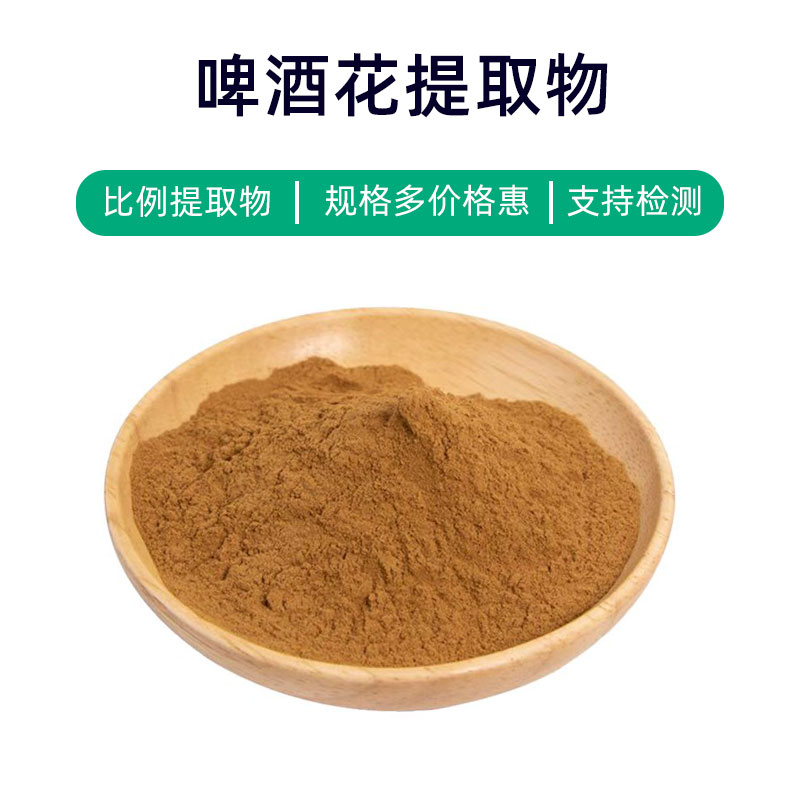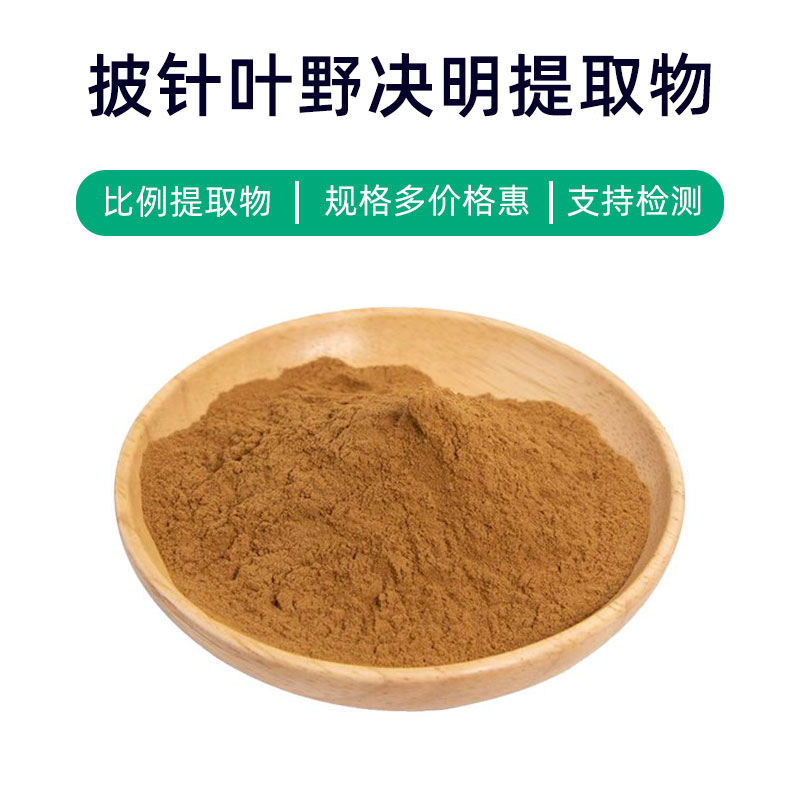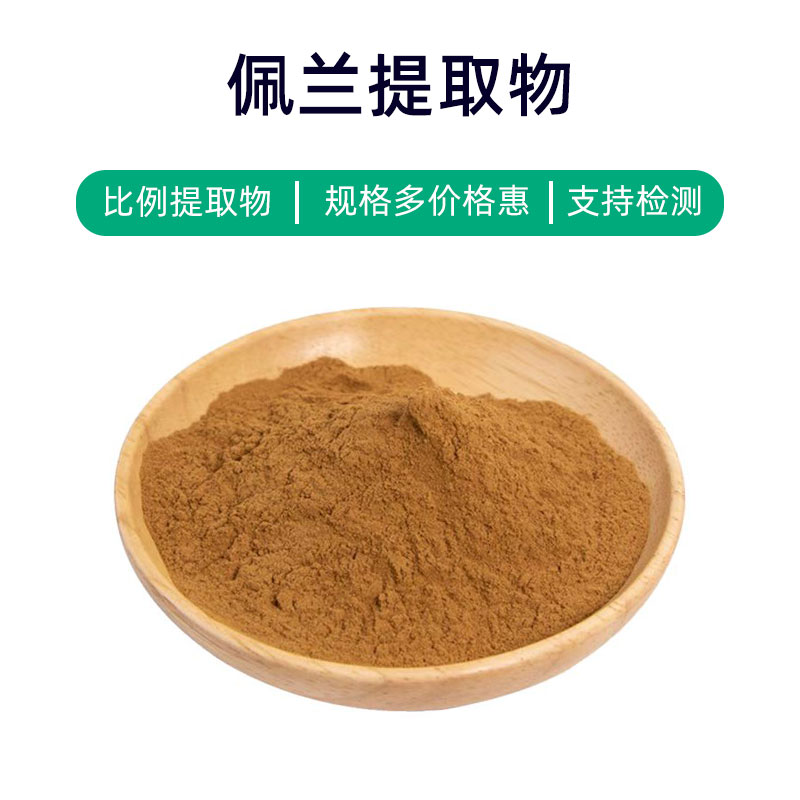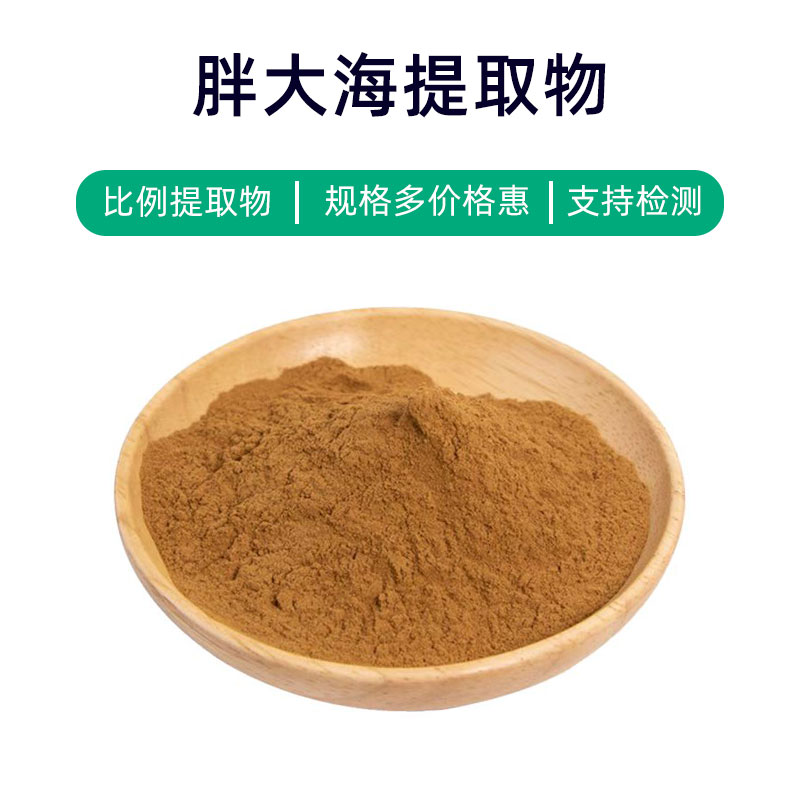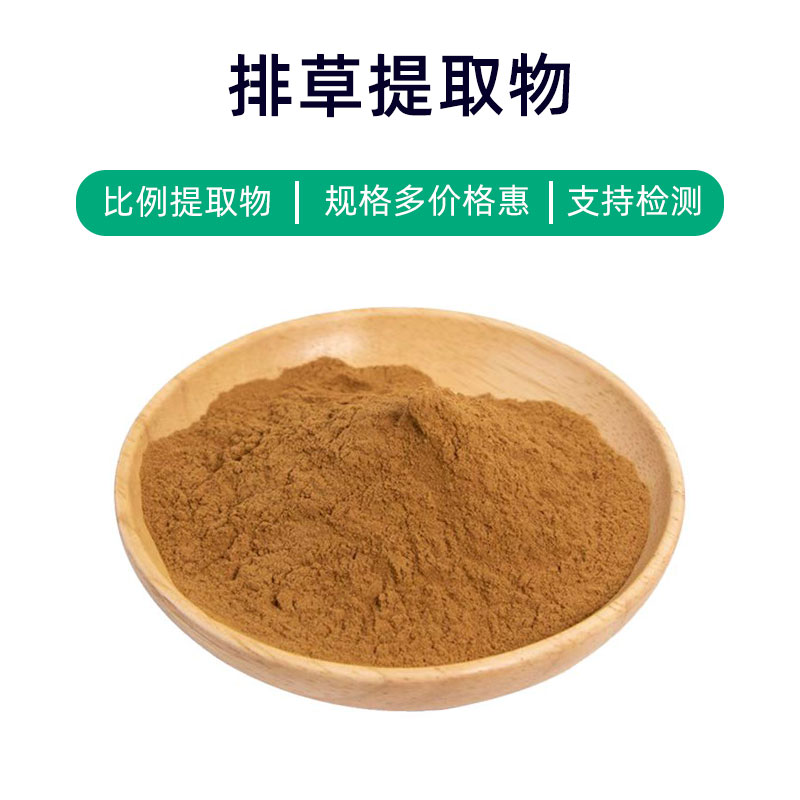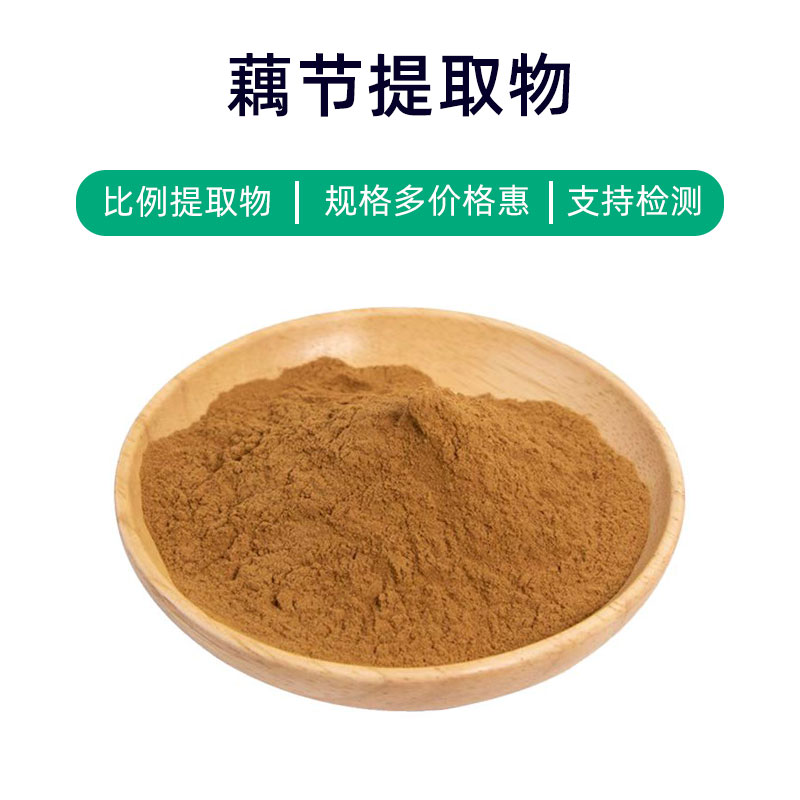Moringa Leaf Extract Product Introduction
Moringa Leaf Extract is a natural plant extract derived from the leaves of Moringa (Moringa oleifera). It contains abundant vitamins, minerals, amino acids, and polyphenolic compounds. These components provide Moringa Leaf Extract with various benefits and applications.
Firstly, Moringa Leaf Extract has excellent nutritional value, being rich in vitamin A, vitamin C, vitamin E, calcium, iron, and other essential nutrients, which aid in boosting the immune system and improving malnutrition.
Secondly, Moringa Leaf Extract is widely used in the health supplement and herbal medicine fields. It is believed to possess multiple health benefits, including antioxidant, anti-inflammatory, antibacterial properties, as well as helping to lower blood sugar and blood pressure, thereby promoting metabolism and enhancing disease resistance.
Additionally, Moringa Leaf Extract is commonly found in the food industry, serving as a nutritional supplement or functional food ingredient. It can be added to various foods such as nutritional beverages, cereals, and protein bars to enhance their nutritional value and meet the growing demand for healthy food.
Lastly, in cosmetics, Moringa Leaf Extract is used in skincare and hair care products. Its natural antioxidant and moisturizing properties help protect skin and hair, enhancing their shine and elasticity for a healthier appearance.
Overall, Moringa Leaf Extract is a versatile natural plant extract, rich in nutrients and various benefits, widely applied in health supplements, herbal products, food, and cosmetics, effectively supporting health and beauty.
Moringa Leaf Extract Production Process
The production process of Moringa Leaf Extract typically includes the following main steps:
- Harvesting and Preparation: First, select healthy, pest-free Moringa leaves for harvesting. The harvested leaves require washing and initial processing to remove impurities and surface dirt, ensuring the cleanliness and safety of the raw materials.
- Drying Treatment: After washing, the Moringa leaves are naturally air-dried or dehydrated to remove excess moisture and improve the dryness of the leaves. During the drying process, temperature and humidity control are crucial to prevent damage to the leaves and preserve the nutritional components.
- Crushing and Extraction: The dried Moringa leaves are crushed into a powder. Then, the Moringa leaf powder is soaked and extracted with an appropriate amount of extraction solvent (such as water or ethanol) to extract the active components.
- Filtration and Concentration: The extracted liquid undergoes preliminary filtration to remove suspended solids and particles. Subsequently, the extract is concentrated to eliminate excess solvents and moisture, yielding a concentrated liquid of Moringa Leaf Extract.
- Purification and Separation: Further purification and separation techniques, such as solvent precipitation or membrane separation, are employed on the concentrated liquid to remove impurities and refine the target components.
- Drying and Milling: The purified Moringa Leaf Extract is dried to remove any residual moisture, resulting in a dry extract. The dried extract is then milled to produce a fine powder.
- Packaging and Storage: Finally, the extract is packaged, usually in sealed containers to protect against oxygen, moisture, and light. The packaged Moringa Leaf Extract is stored in a cool, dry, ventilated environment, avoiding high temperatures and direct sunlight to maintain its stability and ensure long-term storage.
Through these steps, high-quality and high-purity Moringa Leaf Extract is produced for various applications.
Moringa Leaf Extract Effects and Side Effects
Moringa Leaf Extract, as a natural plant extract, has gained significant attention in recent years. It contains rich bioactive components with various effects, primarily including:
- Antioxidant Effects: Moringa Leaf Extract is rich in polyphenolic compounds such as flavonoids and phenolic acids, possessing significant antioxidant properties. It can neutralize free radicals, slow down the oxidation process, and protect cells from oxidative damage, aiding in the prevention of aging and chronic diseases.
- Anti-Inflammatory Effects: The active components in Moringa Leaf Extract exhibit anti-inflammatory properties, capable of inhibiting the onset and progression of inflammation. It can alleviate inflammation symptoms in diseases such as arthritis and inflammatory bowel disease, improving patients' quality of life.
- Immune Modulation: Moringa Leaf Extract is rich in polysaccharides, which have immune-modulating effects. It can enhance the immune system, improve the activity of immune cells, and boost the body's resistance to infections and diseases.
- Blood Sugar Regulation: Certain active components in Moringa Leaf Extract are considered to help lower blood sugar levels, regulate glucose levels, and improve insulin sensitivity, offering supportive treatment for diabetic patients.
- Blood Lipid Regulation: Some components in Moringa Leaf Extract aid in lowering blood lipid levels, reducing cholesterol and triglyceride levels to prevent cardiovascular disease.
As a natural plant extract, Moringa Leaf Extract is generally regarded as safe and non-toxic, with minimal side effects. However, some individuals may experience allergies or digestive discomfort, so attention to individual differences is necessary. It should be used in moderation and under medical guidance to ensure safety and effectiveness.
In summary, Moringa Leaf Extract has various beneficial effects, including antioxidant, anti-inflammatory, immune modulation, blood sugar regulation, and blood lipid management, positively impacting human health. Caution is still advised during use.
Moringa Leaf Extract Usage and Dosage
Moringa Leaf Extract is widely used across medicine, food, and cosmetics. Here’s an overview of its application and dosage in these fields:
- Medical Field:
- Application: Moringa Leaf Extract is used in pharmaceuticals for preparing drugs aimed at treating inflammatory diseases, immune modulation, blood sugar control, and lipid regulation.
- Dosage: Commonly recommended dosages include oral administration of 5-10 grams 2-3 times daily, or topically applied based on individual circumstances.
- Food Industry:
- Application: Moringa Leaf Extract is often added to foods as a functional ingredient aimed at enhancing immune function, regulating blood sugar and lipids, and providing antioxidant benefits.
- Dosage: Typically added in powder form, the quantity varies based on specific product formulations, following the established guidelines.
- Cosmetics:
- Application: Moringa Leaf Extract is used in cosmetics for its antioxidant, anti-inflammatory, and anti-aging properties, applied in skincare and hair care products.
- Dosage: It is used according to the specifications in cosmetic formulations, ensuring proper amounts are utilized based on the product's formulation and instructions.
- Other Applications:
- Moringa Leaf Extract can also be utilized in biopharmaceuticals and health products like supplements. Application and dosage should align with specific product formulations and guidelines.
Overall, Moringa Leaf Extract has broad application potential across medicine, food, and cosmetics. It is essential to follow product formulations and usage instructions to maximize effectiveness and avoid excessive use or adverse effects.
Moringa Plant Overview: Distribution and Growth Environment
Moringa (scientific name: Moringa oleifera Lam.) is a common perennial herbaceous plant belonging to the Moringaceae family, also known as the drumstick tree or miracle tree. Below is an overview of the Moringa plant, its distribution, and growth environment:
- Plant Overview:
Moringa is a tropical plant native to South Asia, capable of reaching heights of 10-12 meters. The trunk is gray, and the leaves are compound and feather-like, consisting of several pairs of leaflets that are oval to elliptical in shape. The leaves are green, flowers are small and white, and the fruits are long, cylindrical pods containing seeds. Moringa is drought-resistant, salt-tolerant, and highly adaptable, with a robust root system that allows it to thrive in poor soil. - Distribution:
Moringa is originally from northern and northeastern India but is now widely cultivated in tropical and subtropical regions, including Africa, South Asia, Southeast Asia, Central America, and the Caribbean. Due to its adaptability and rapid growth, Moringa is cultivated in many countries and regions. - Growth Environment:
Moringa prefers warm and humid climates but can also adapt to drought and high temperatures. It is tolerant of various soil types, growing well in sandy, clay, and calcareous soils, but thrives best in well-drained, loose, and fertile soil. It requires plenty of sunlight for optimal growth, flourishing in areas with abundant light. - Cultivation:
Moringa can be propagated in various ways, including seeds, cuttings, and staking. Planting is typically done in spring or the rainy season, selecting strong and healthy seedlings, and maintaining adequate moisture and sunlight while regularly applying organic fertilizers to promote growth and increase yields.
In summary, Moringa is a highly adaptive and fast-growing tropical plant cultivated in many countries and regions. Its growth requirements are relatively flexible, making it suitable for cultivation in tropical and subtropical areas, providing rich nutritional and medicinal resources.
Processing and Storage of Moringa Leaf Extract
The processing of Moringa Leaf Extract typically involves the following steps: First, fresh Moringa leaves are harvested and washed to remove impurities. Next, the cleaned leaves are air-dried or dehydrated to reduce moisture content. Subsequently, suitable extraction methods (such as water or ethanol extraction) are used to obtain the desired active components. After extraction, the product undergoes filtering, concentration, and drying processes to yield the final Moringa Leaf Extract. For storage, the extract should be kept in a cool, dry, dark environment, avoiding high temperatures, humidity, and direct sunlight to maintain the stability and quality of its active components.
Monica Sun is a seasoned expert in the plant extraction industry with over a decade of experience in research and production. She specializes in the extraction and purification of plant active ingredients, focusing on driving innovation in natural product applications. Monica has participated in the development of multiple functional plant extracts, delivering high-value natural raw material solutions for the health food, pharmaceutical, and dietary supplement sectors.









